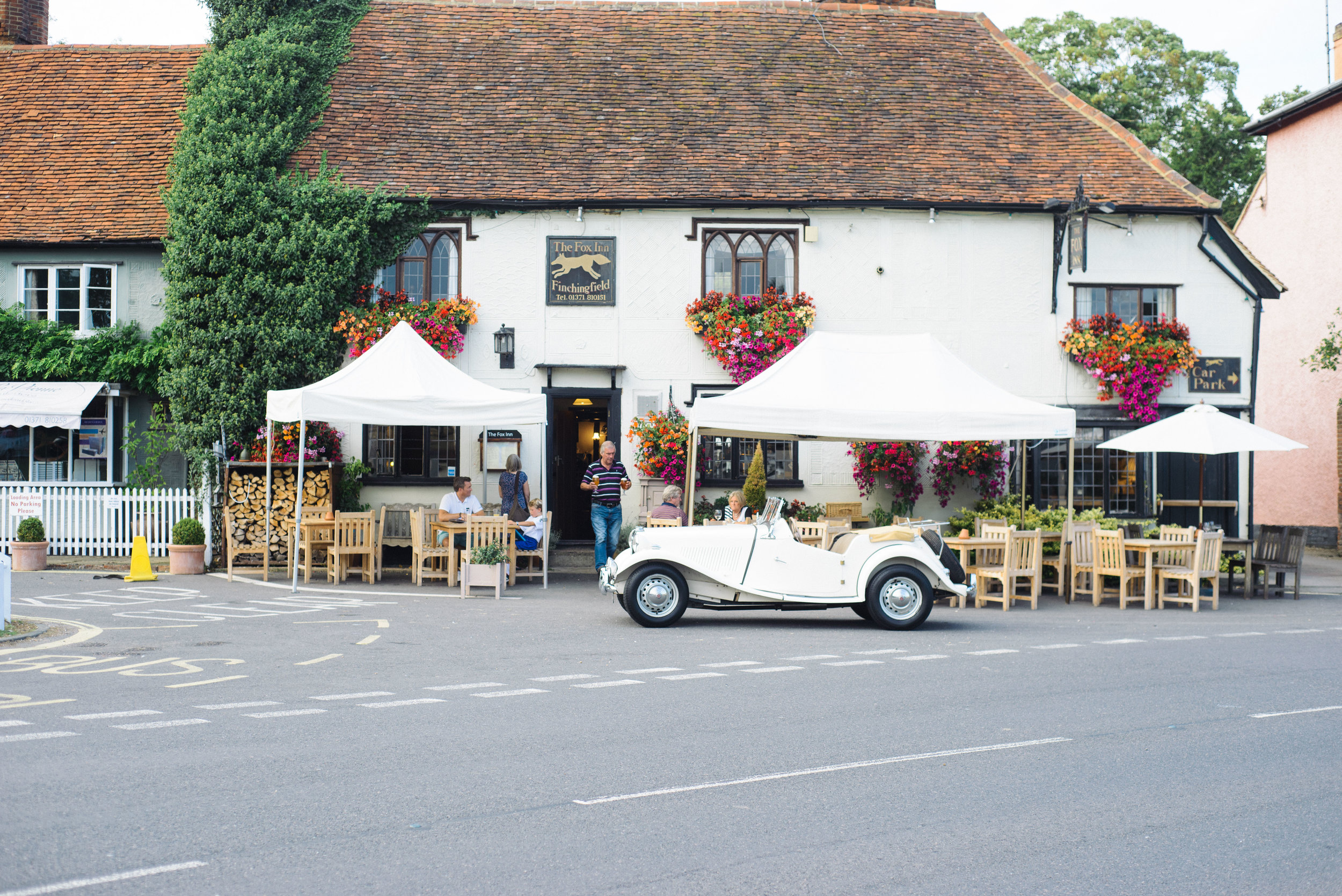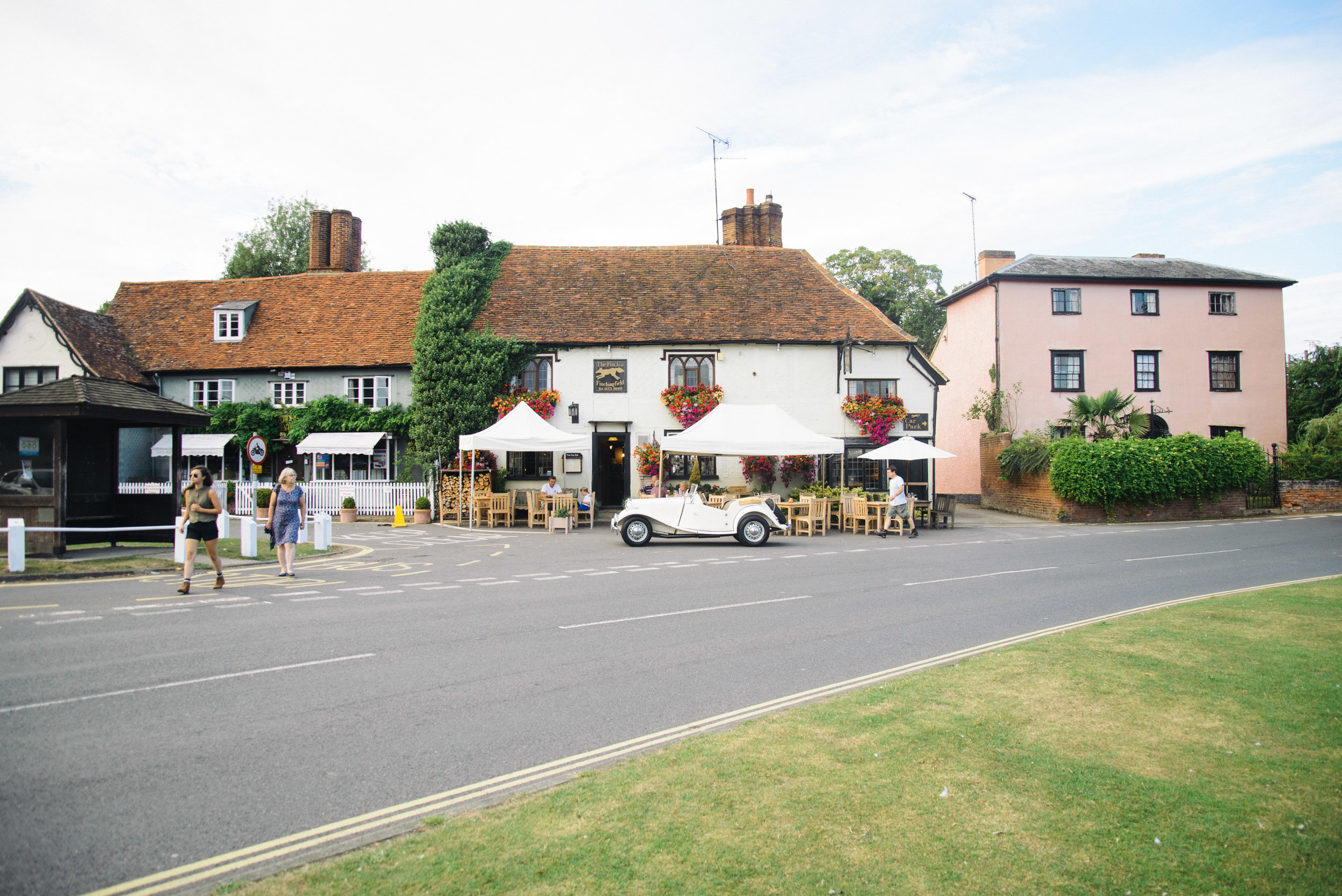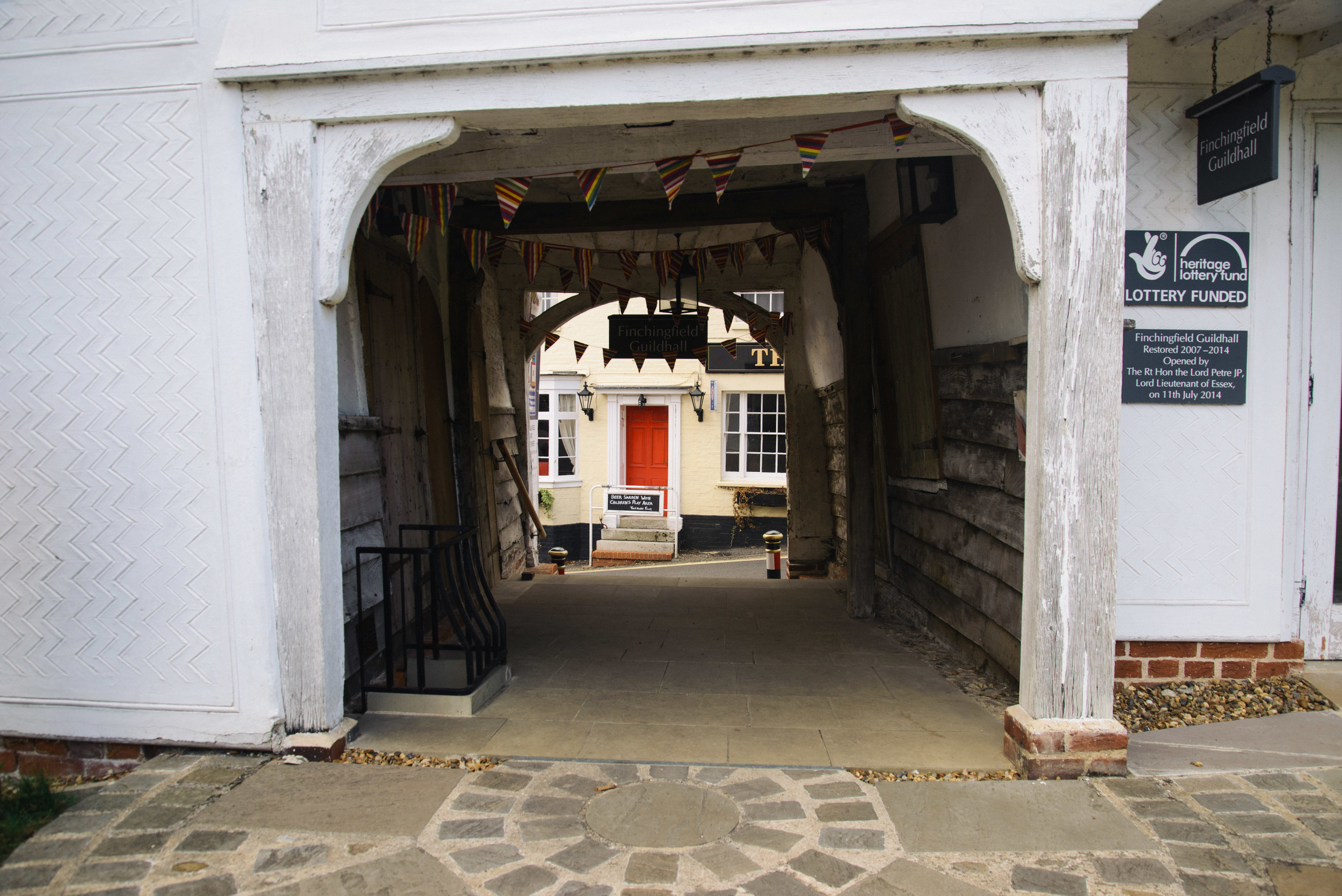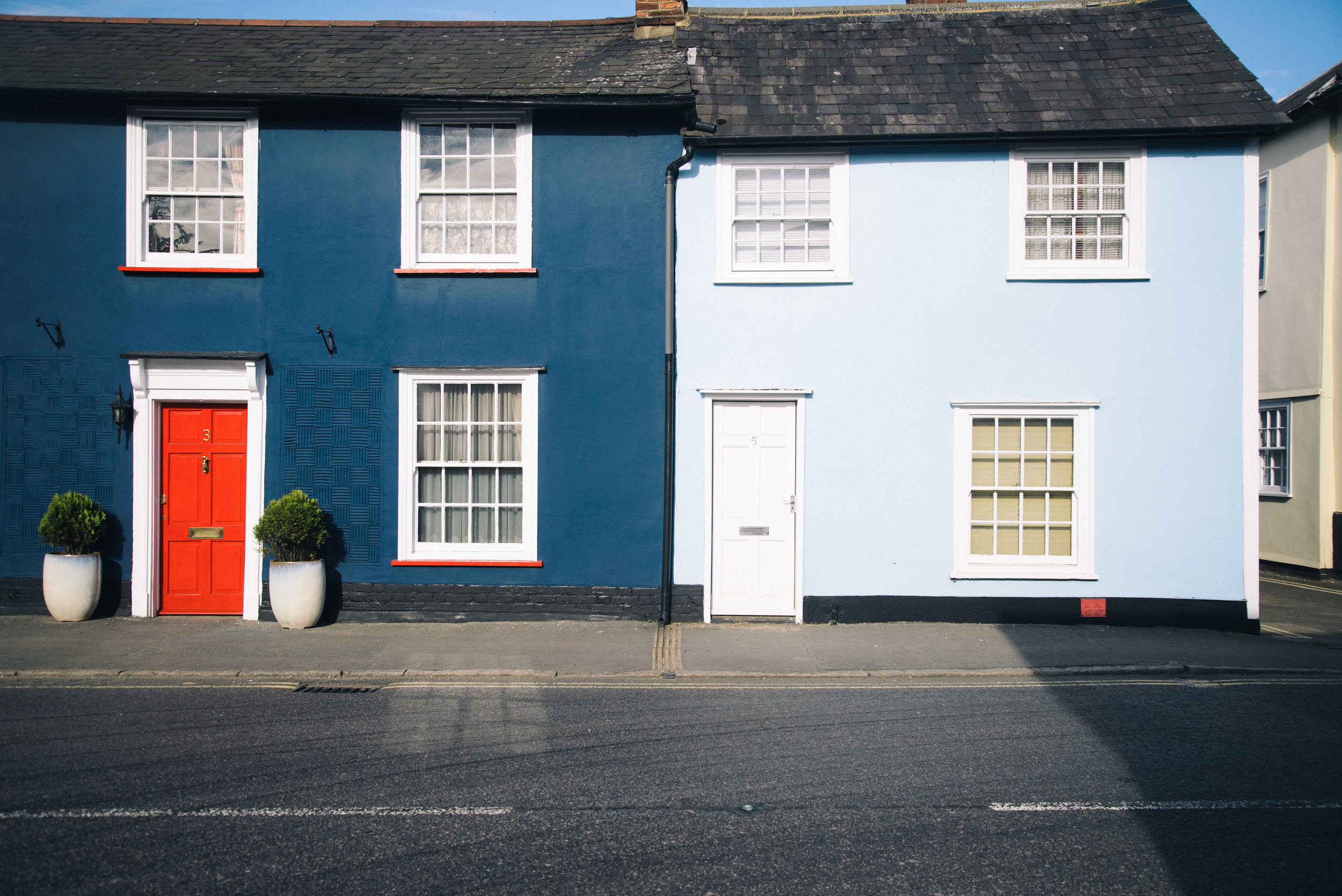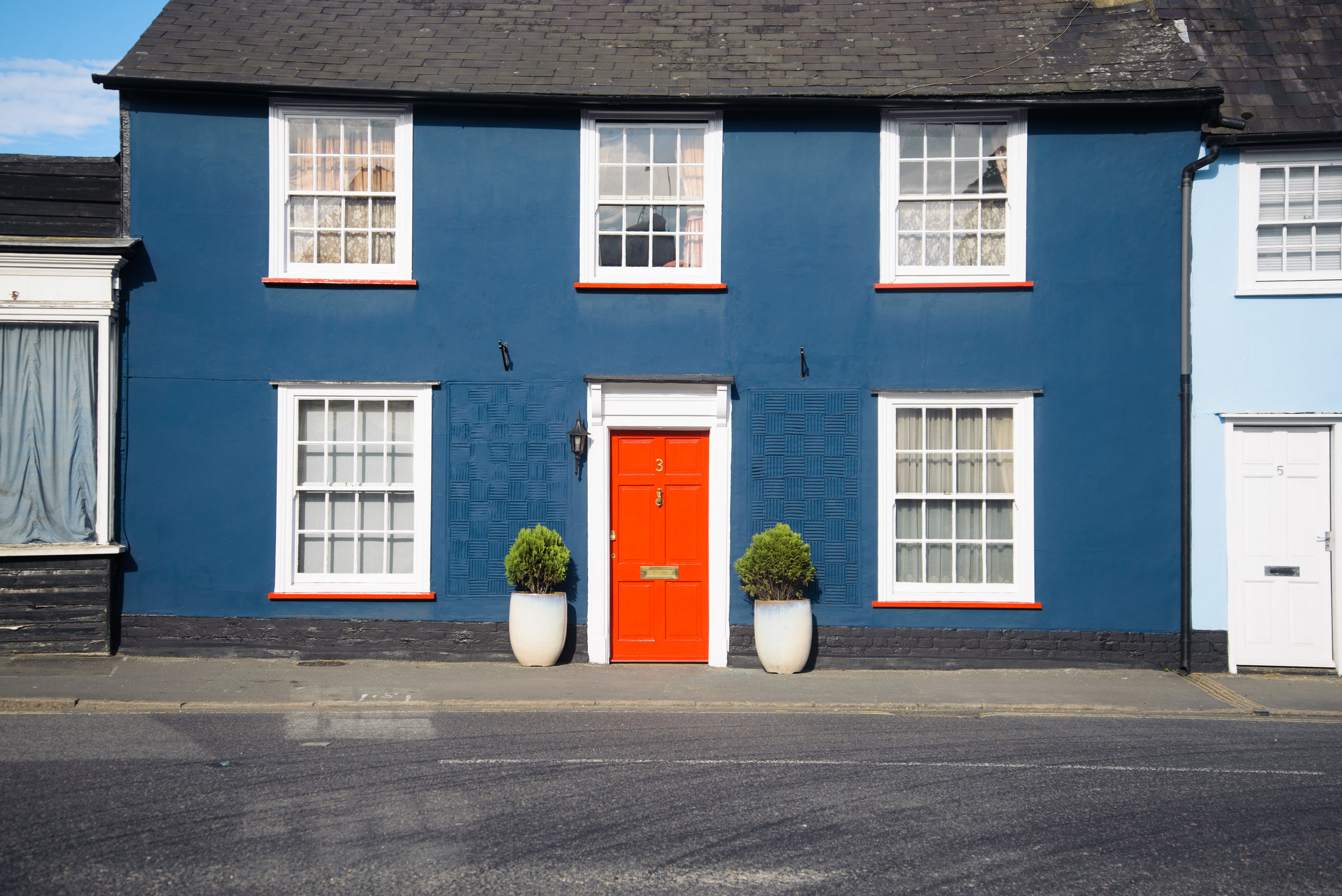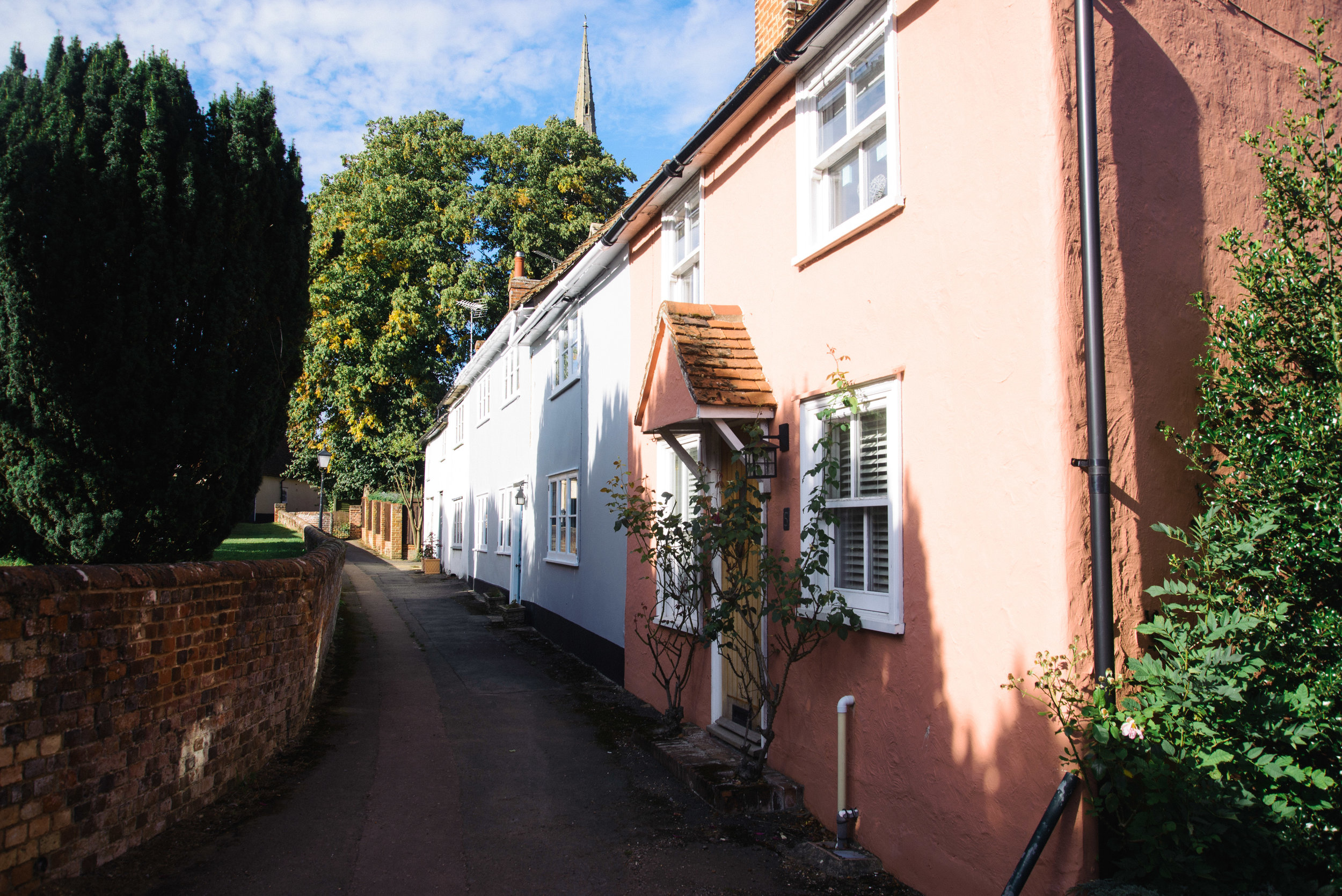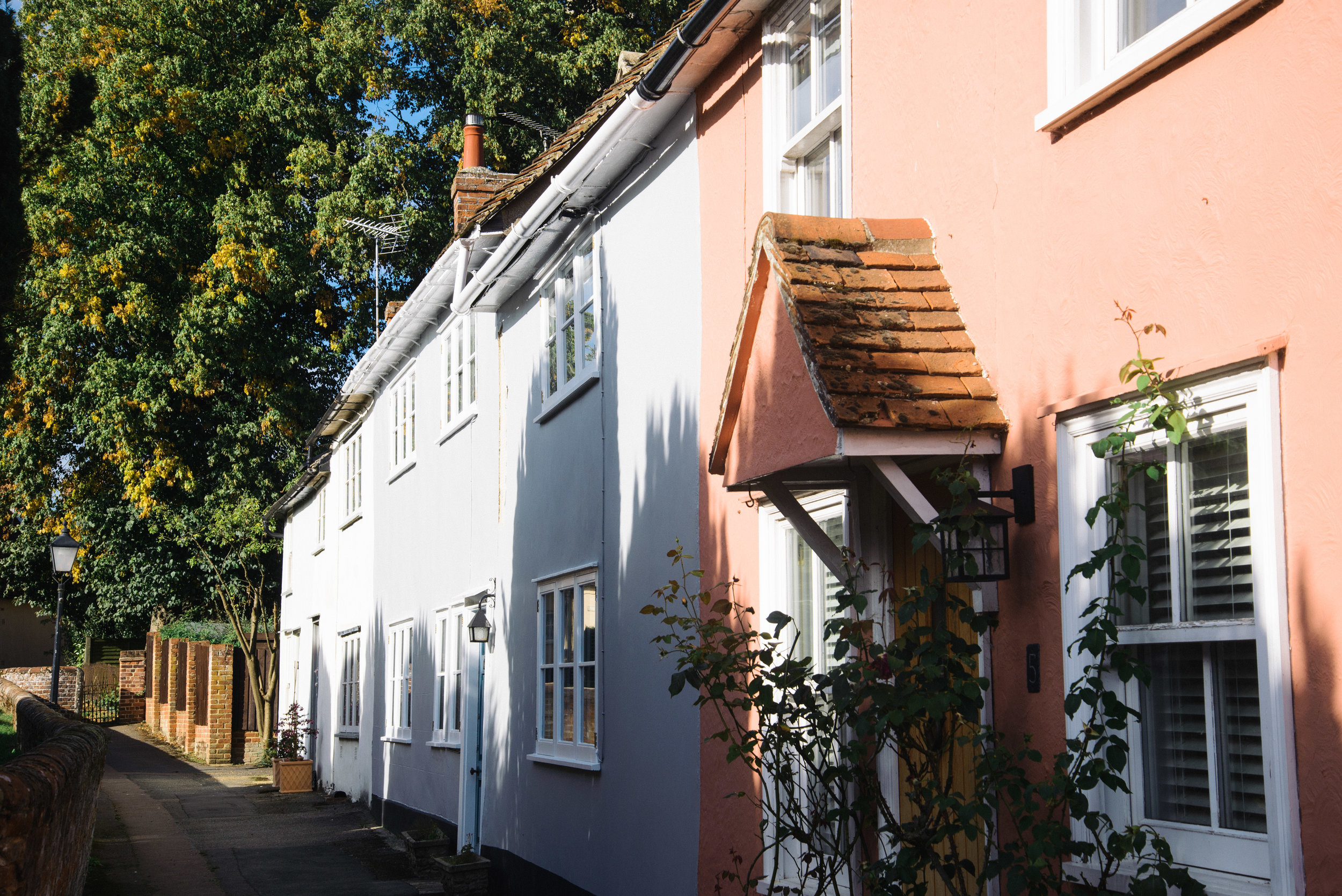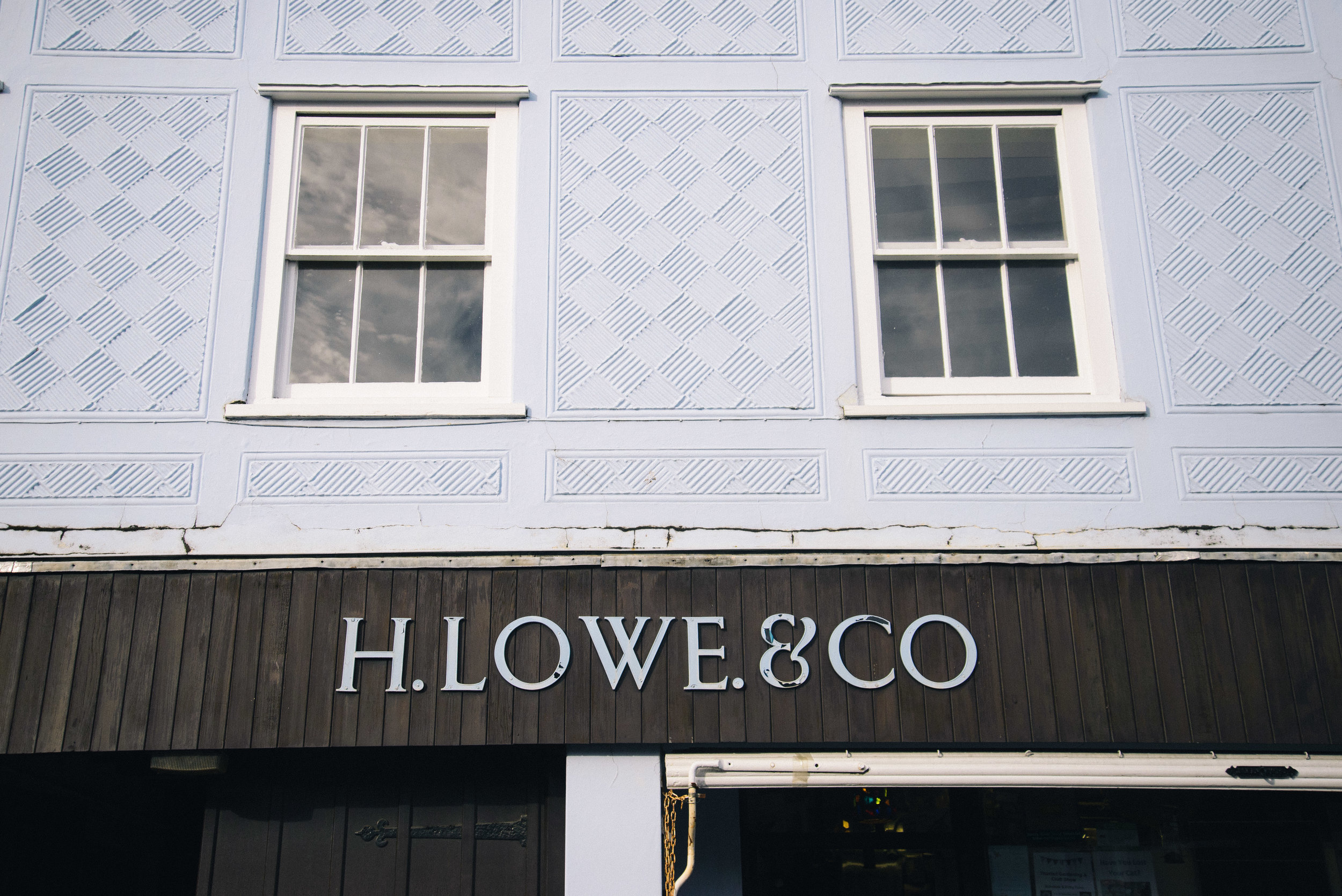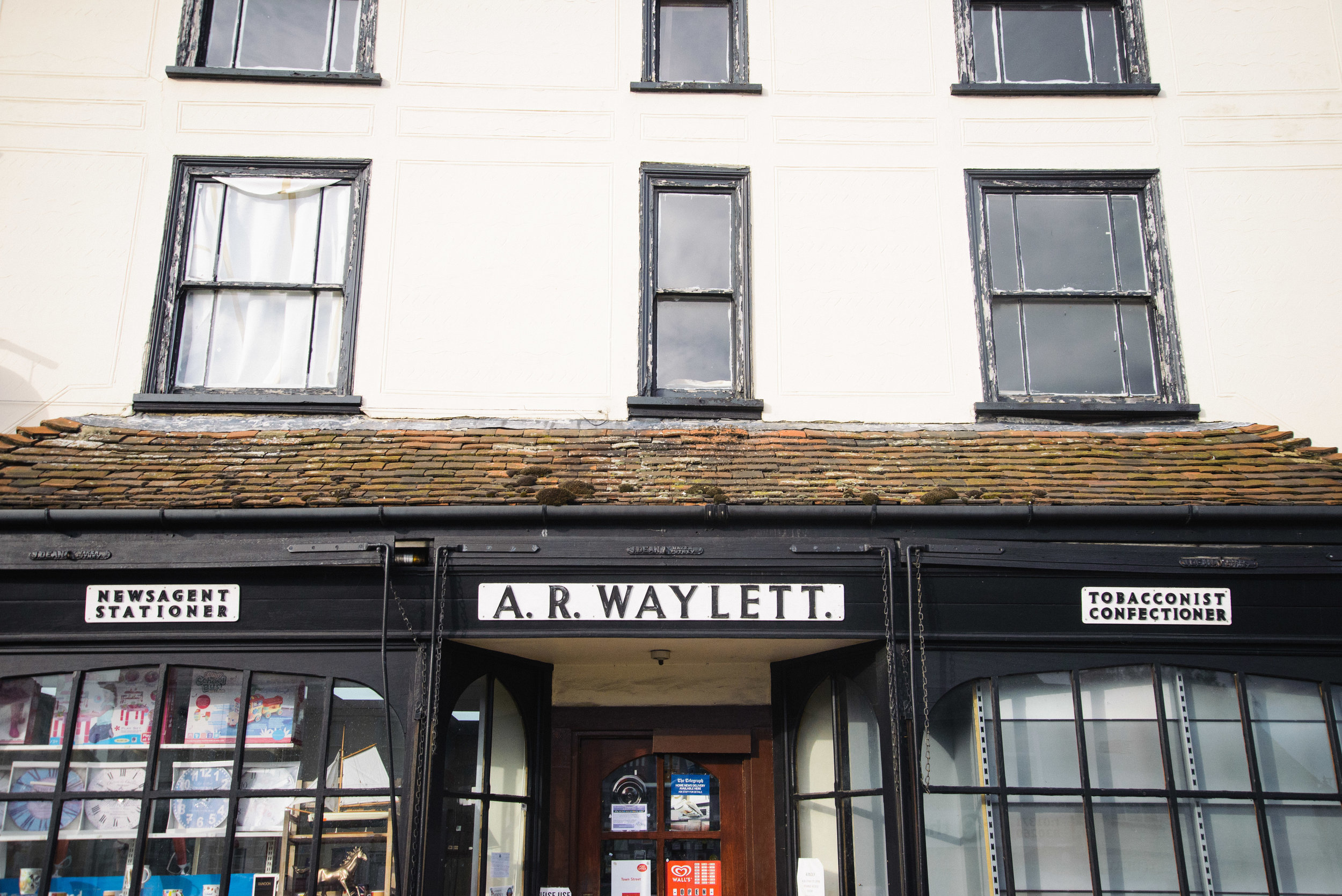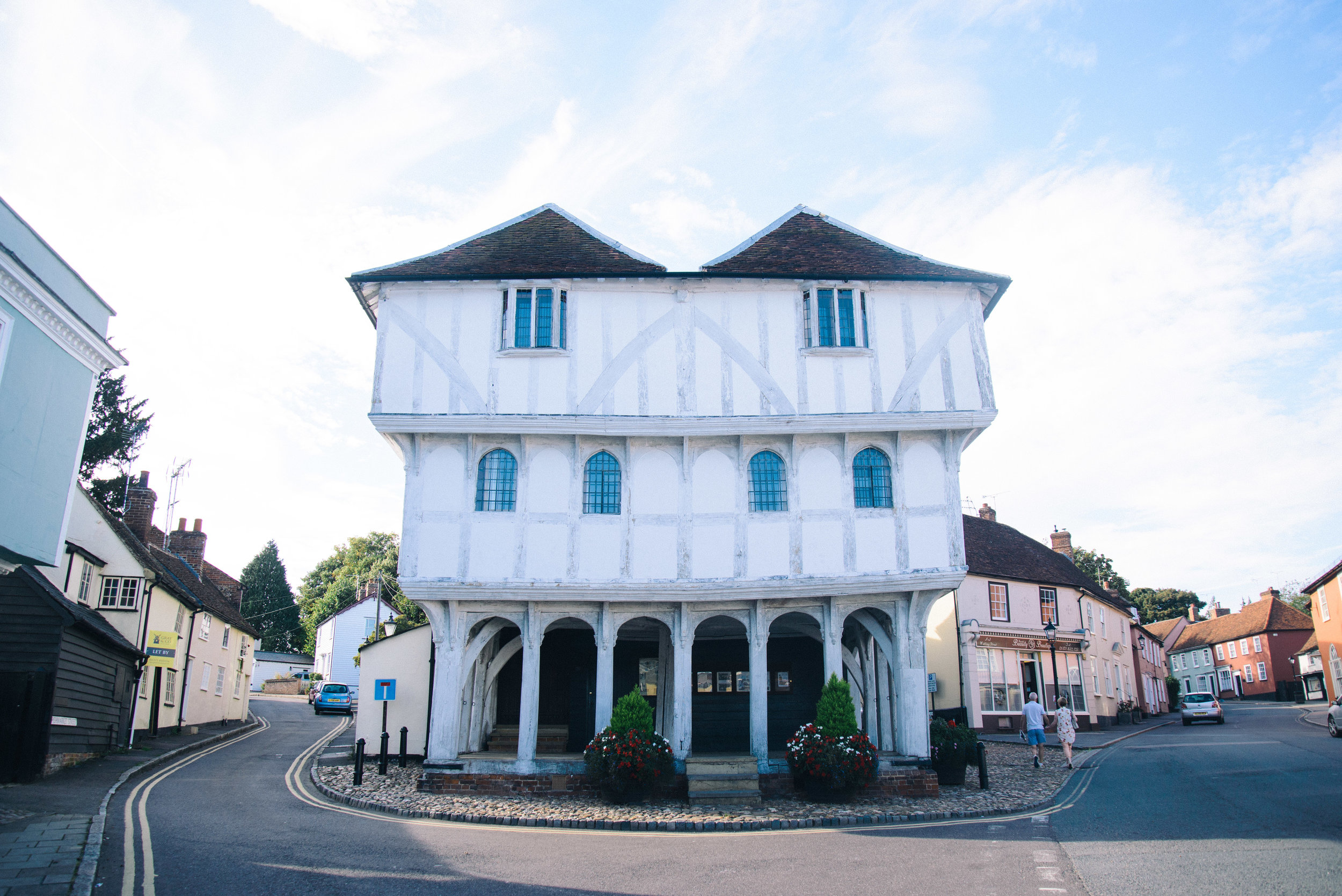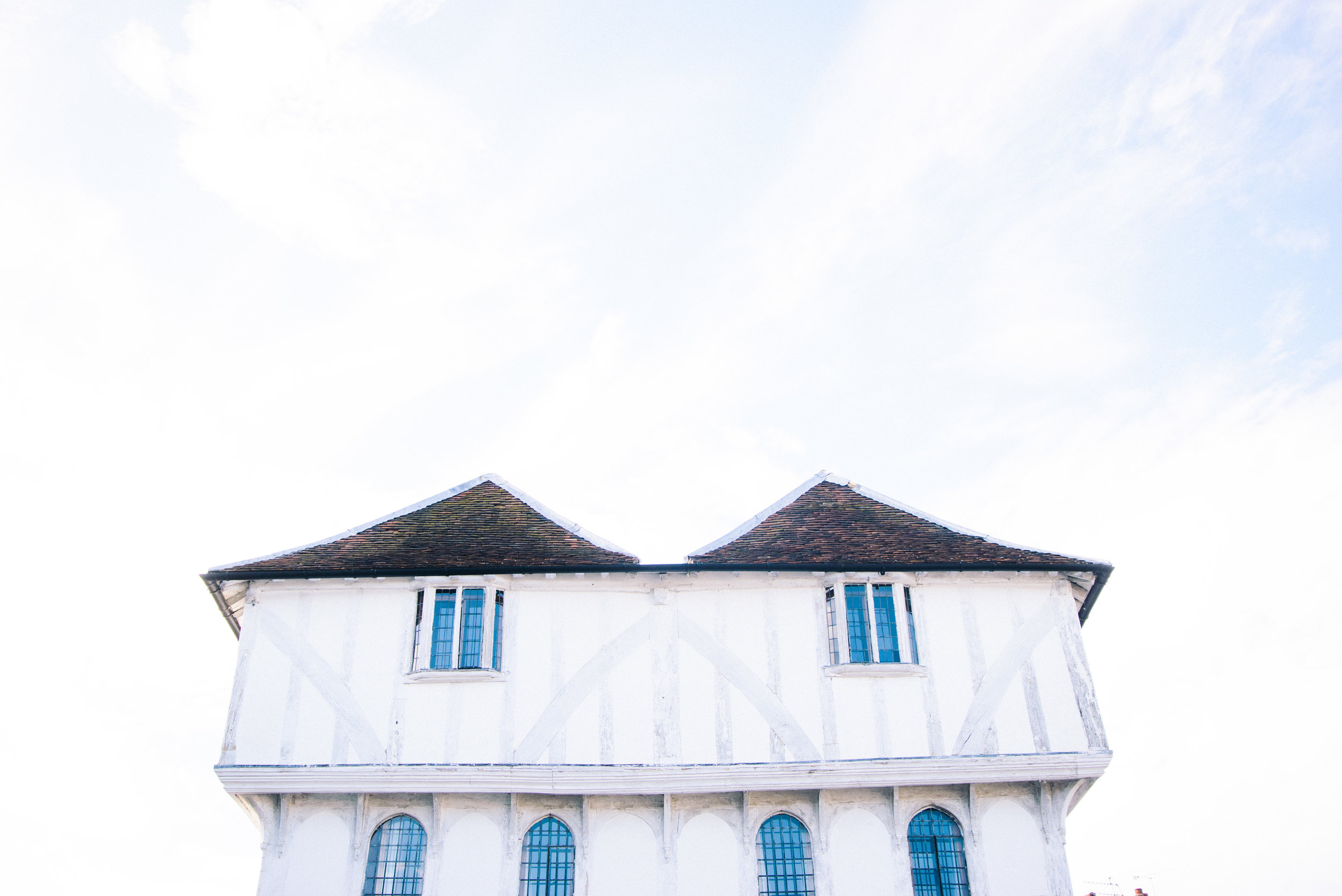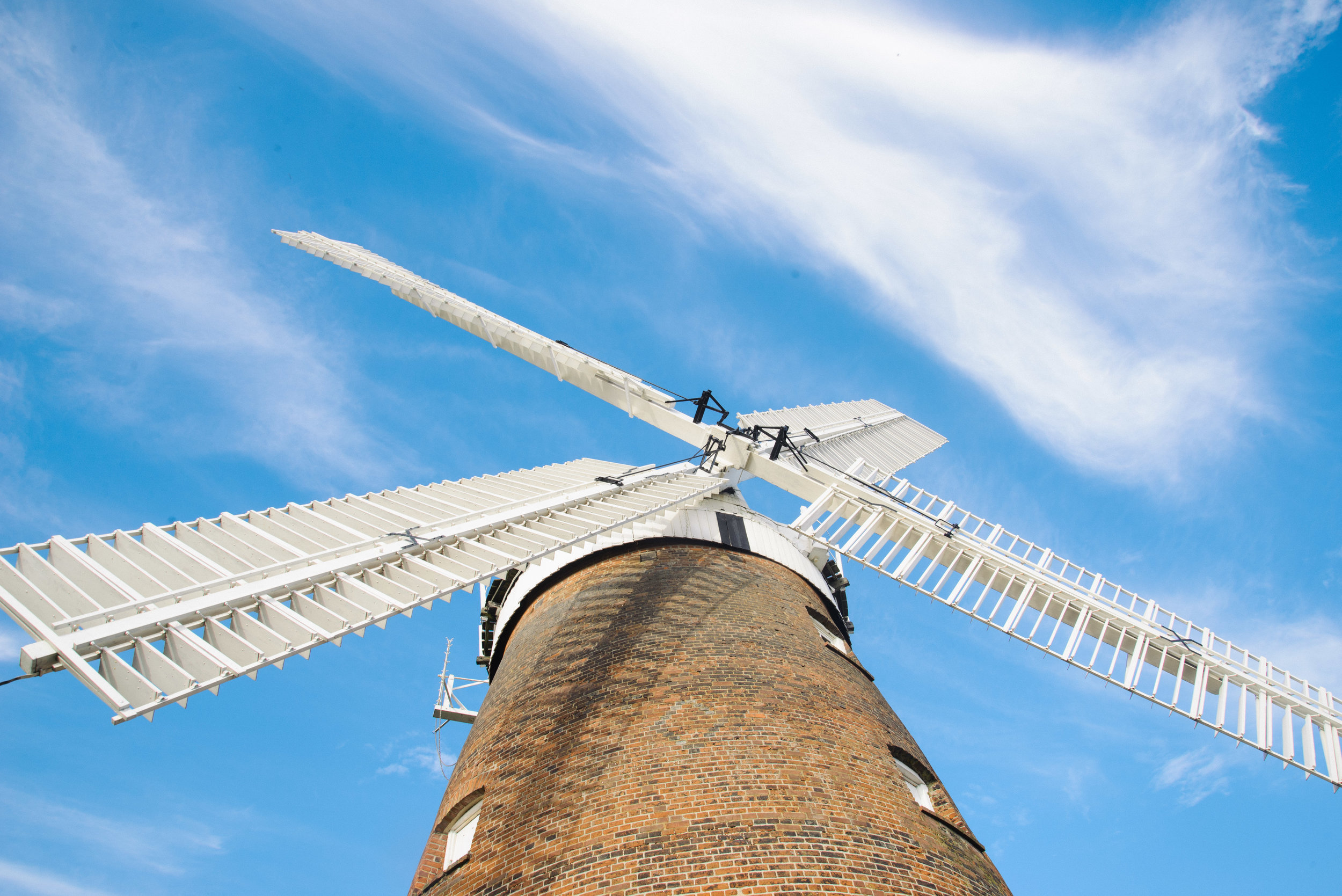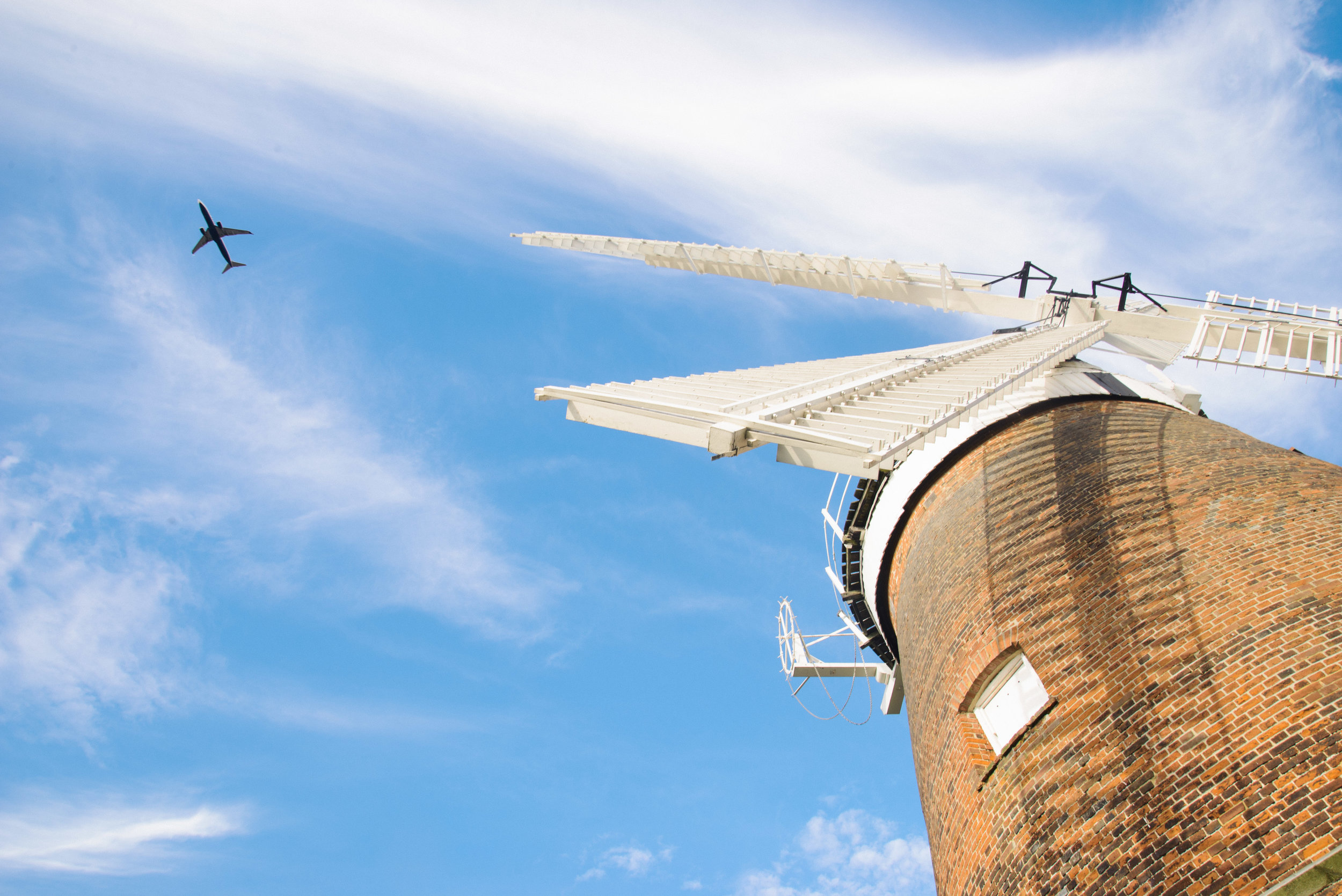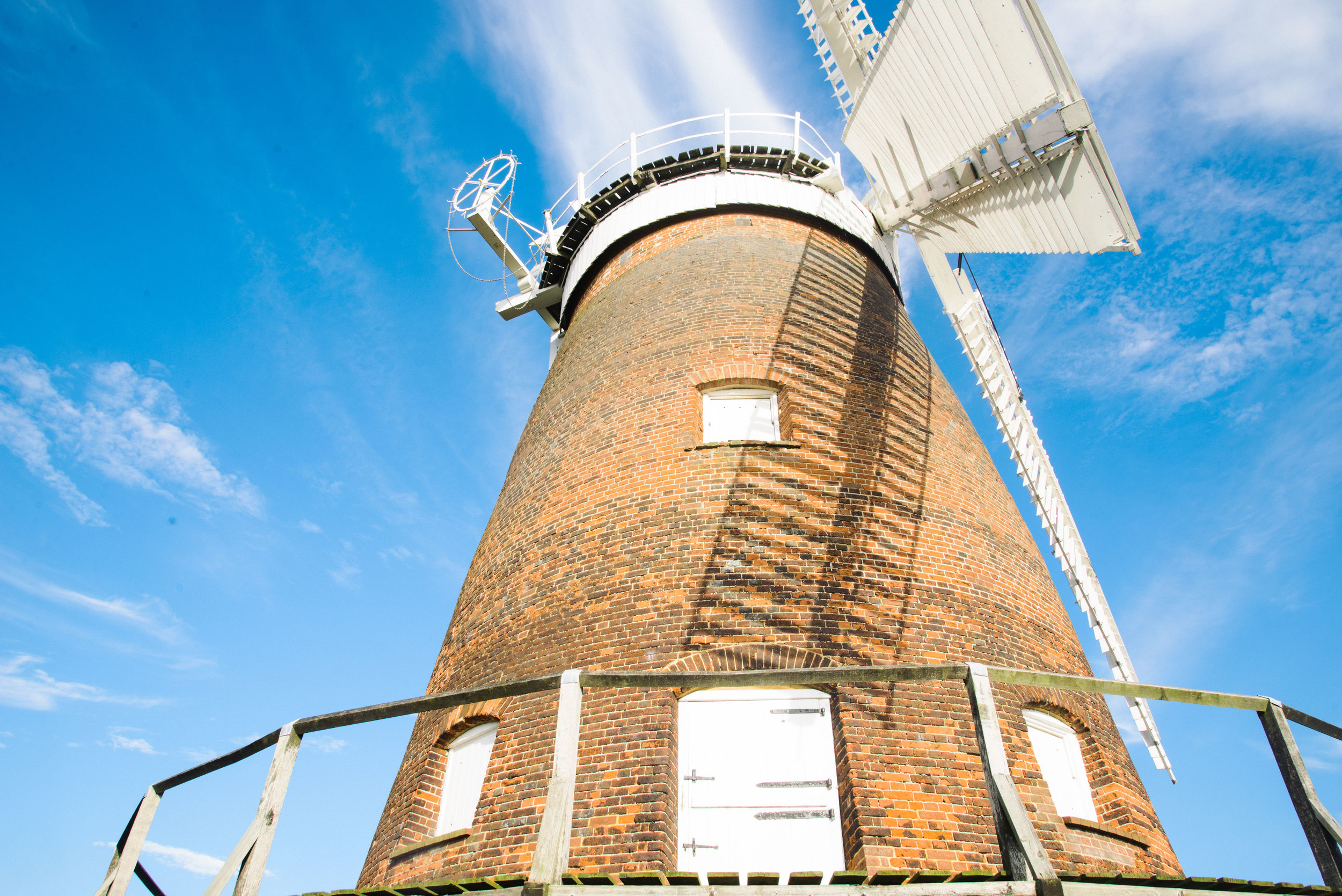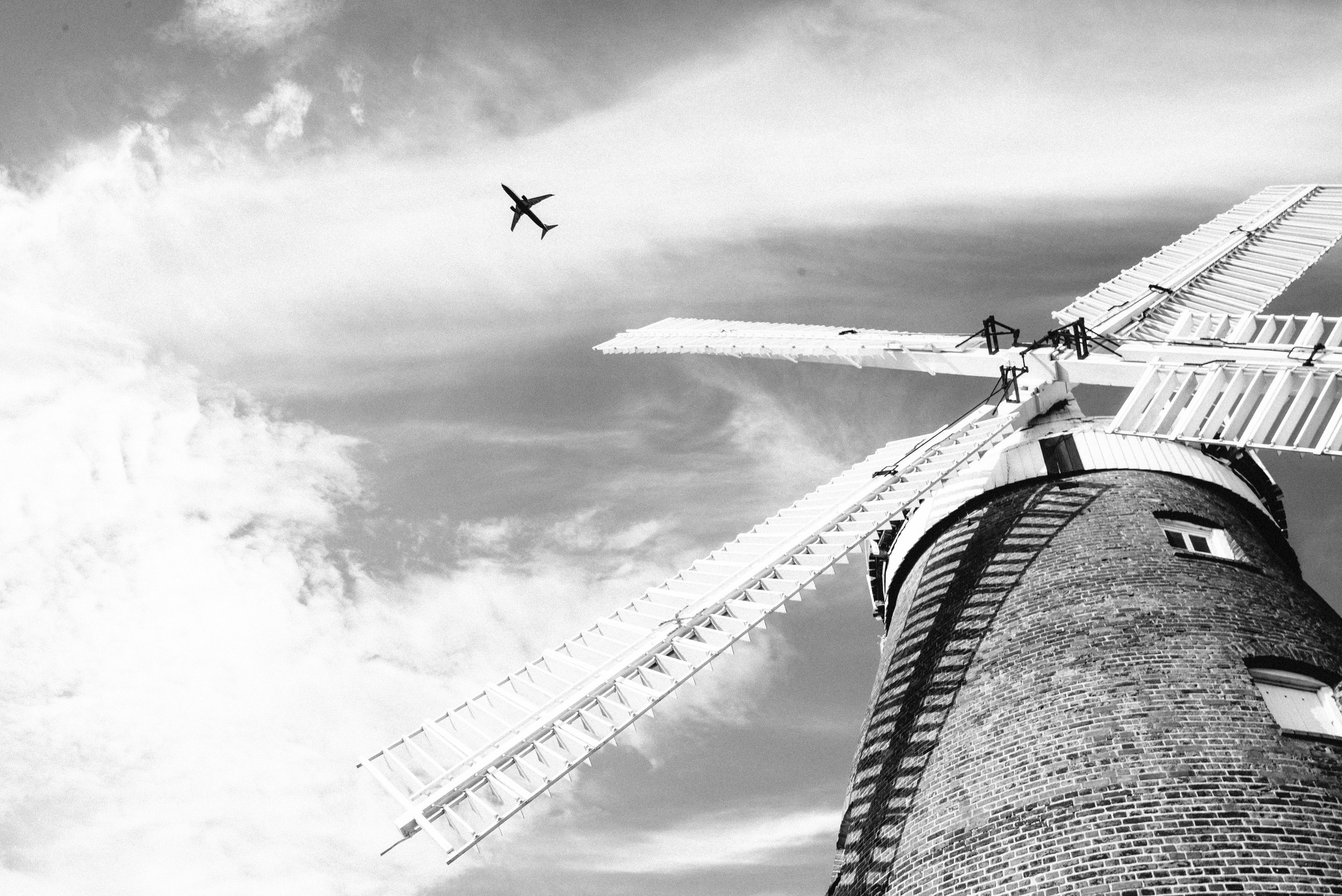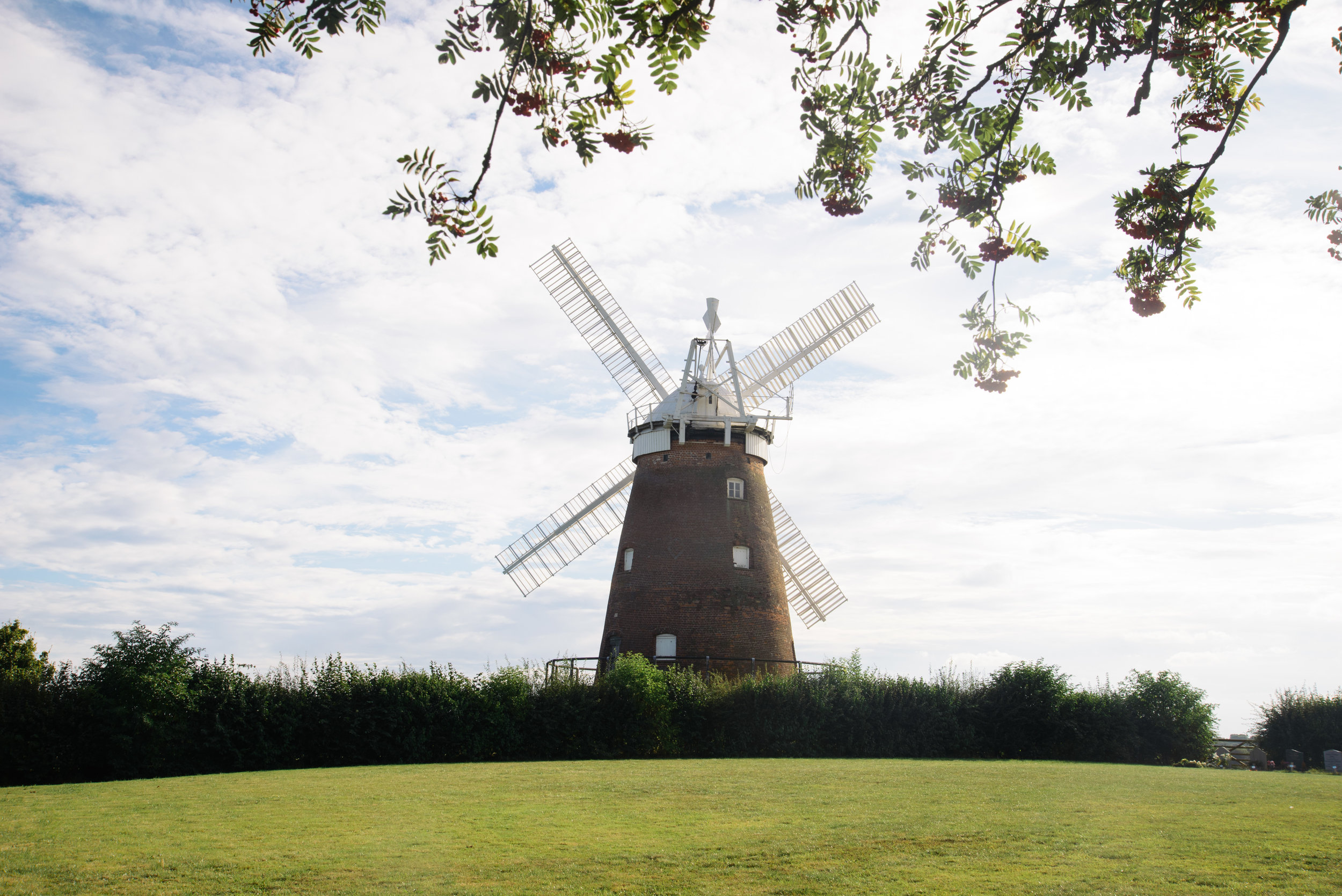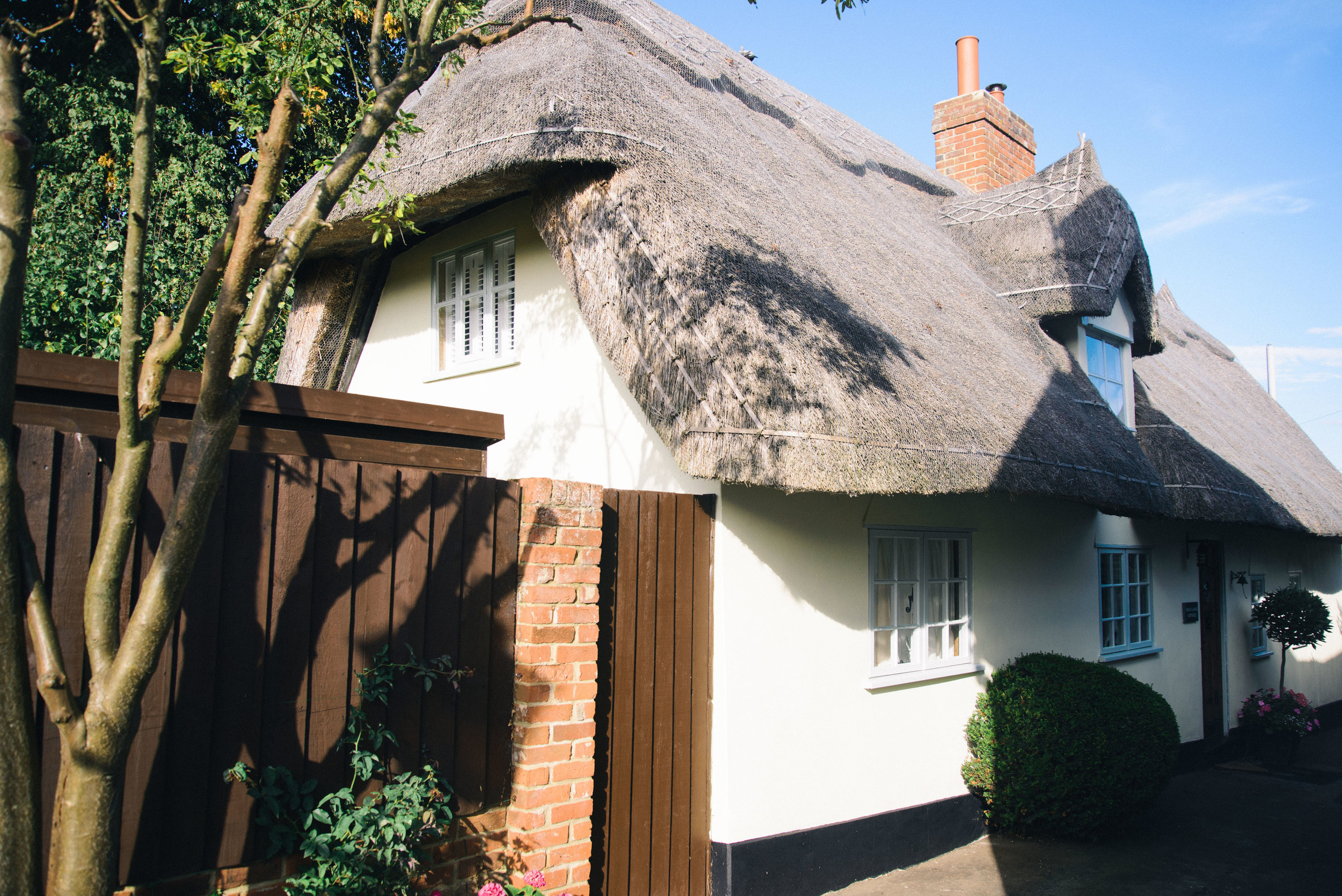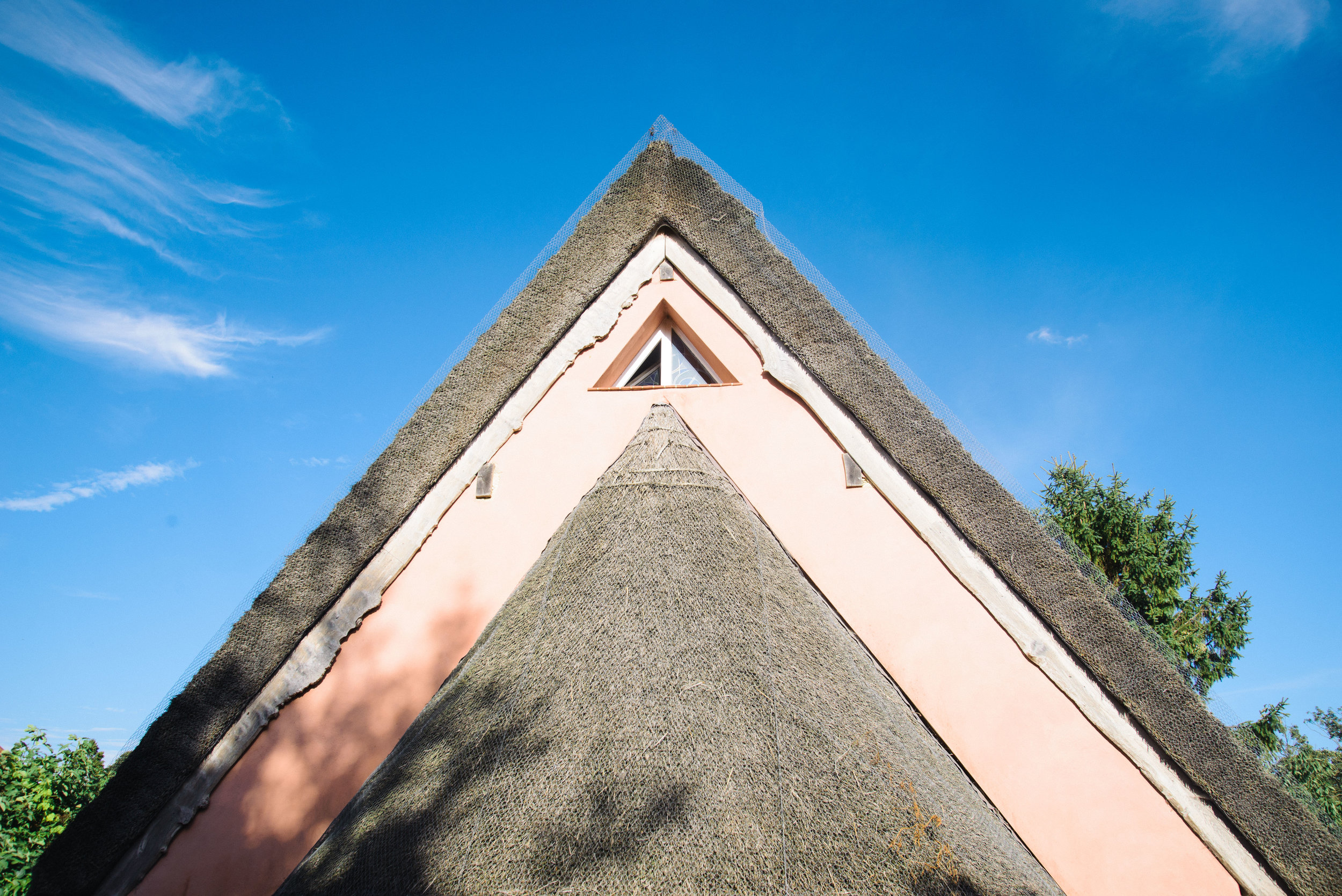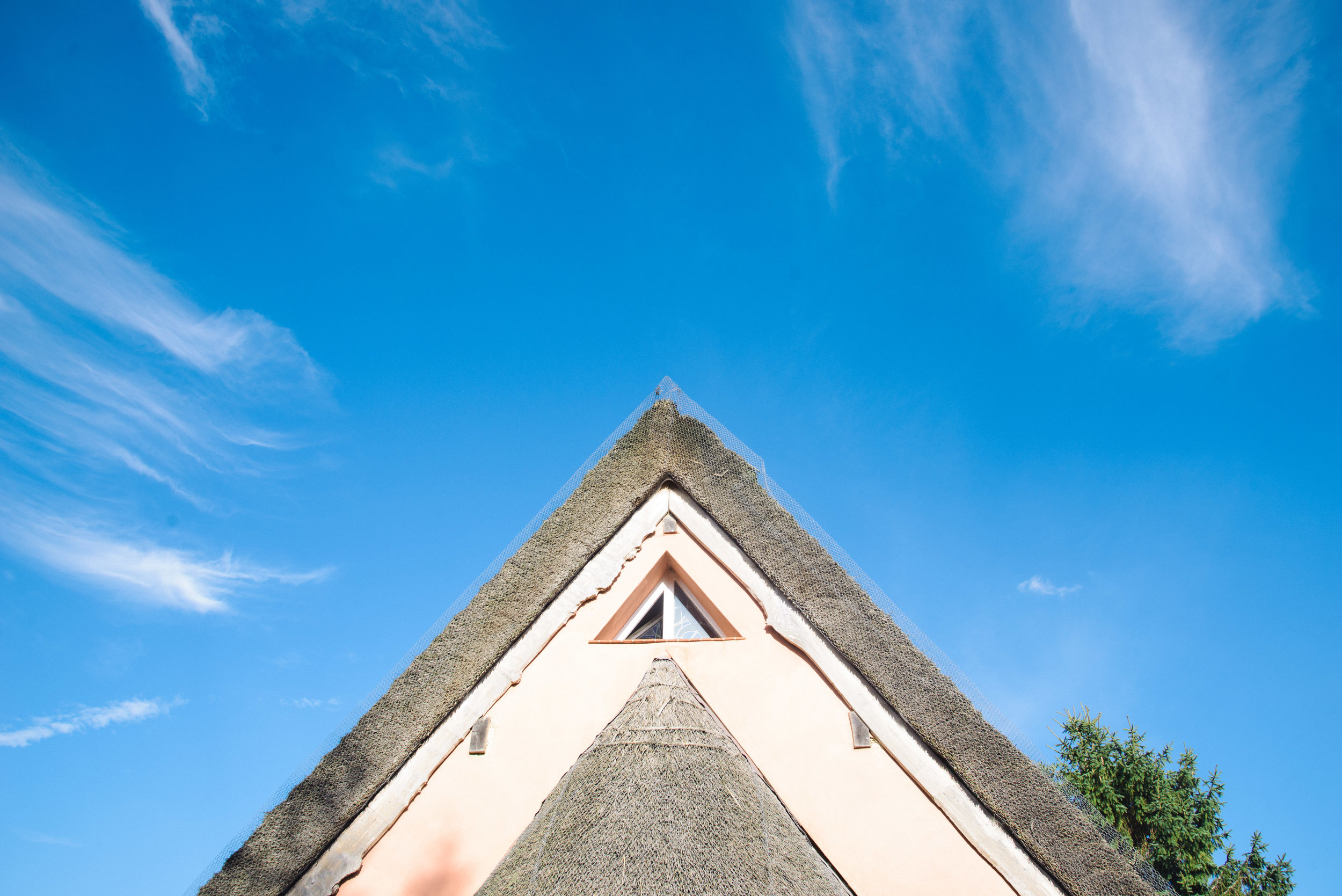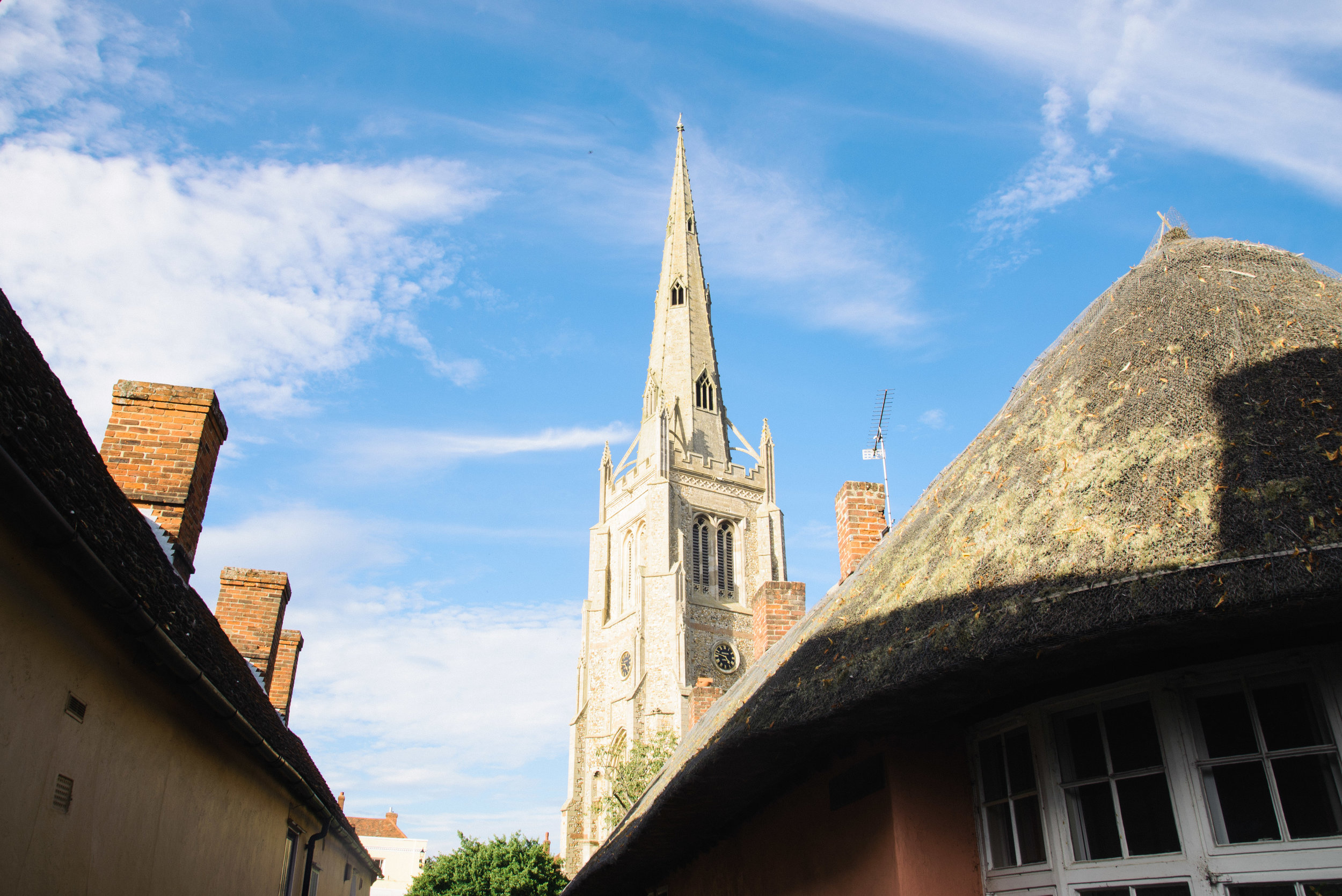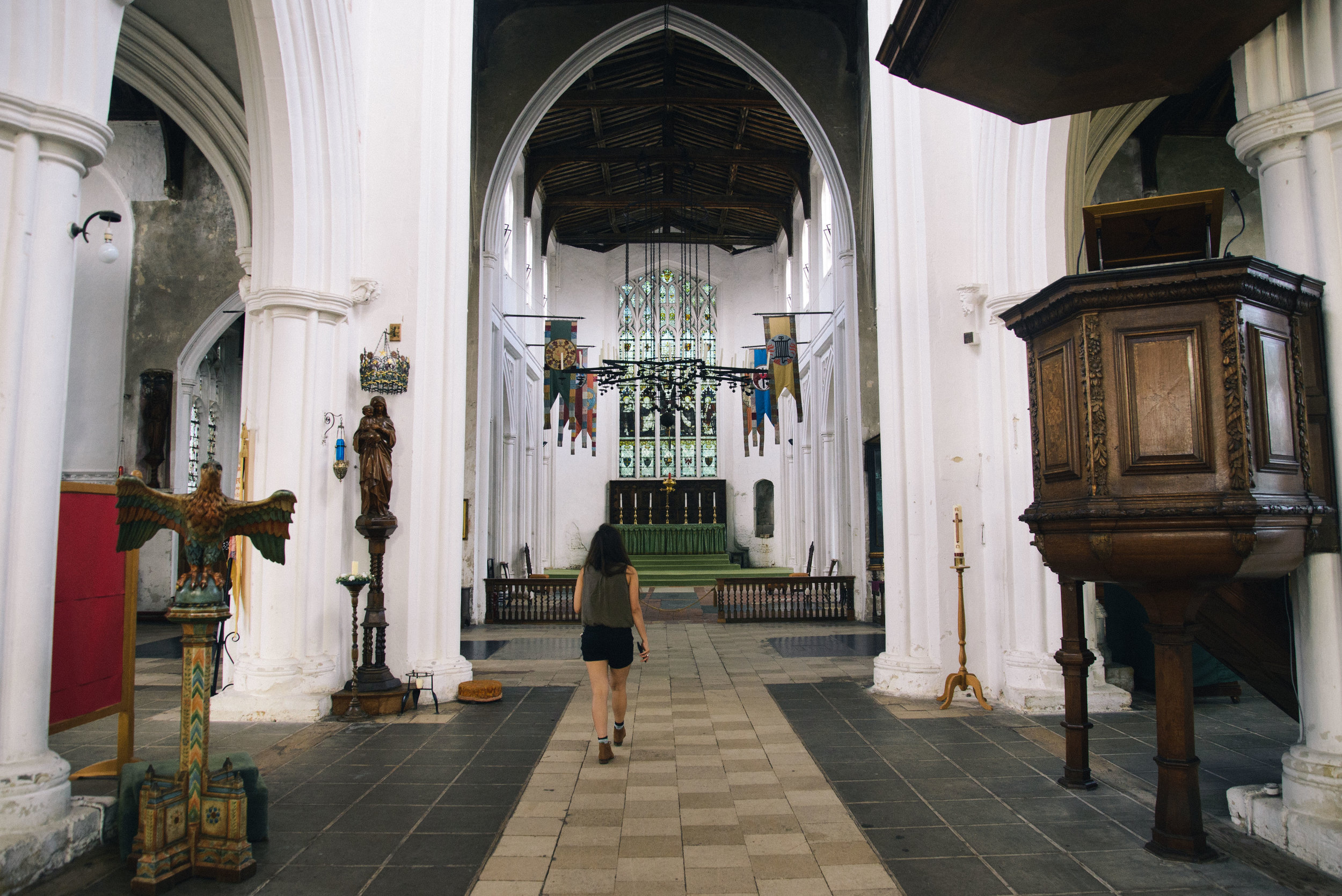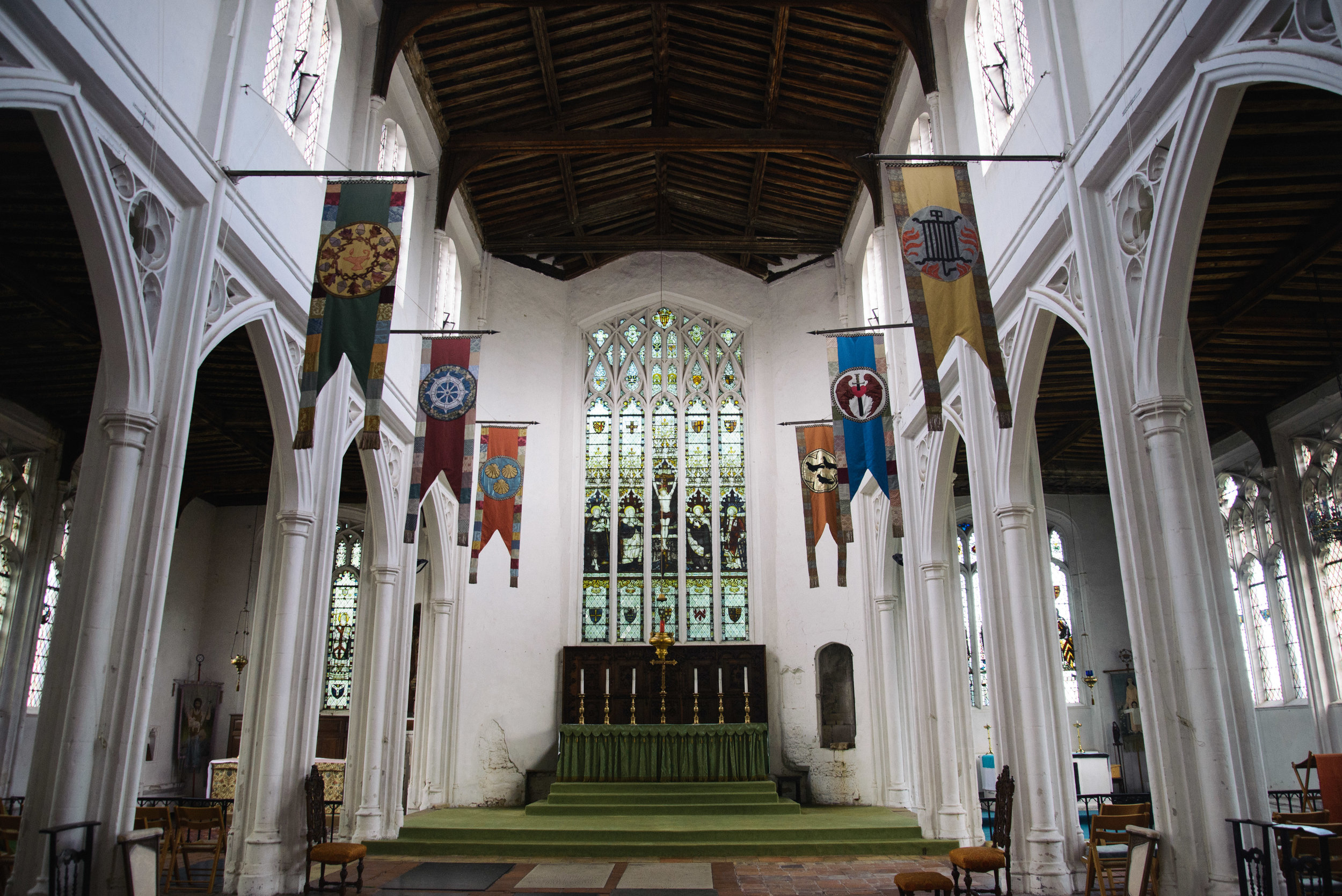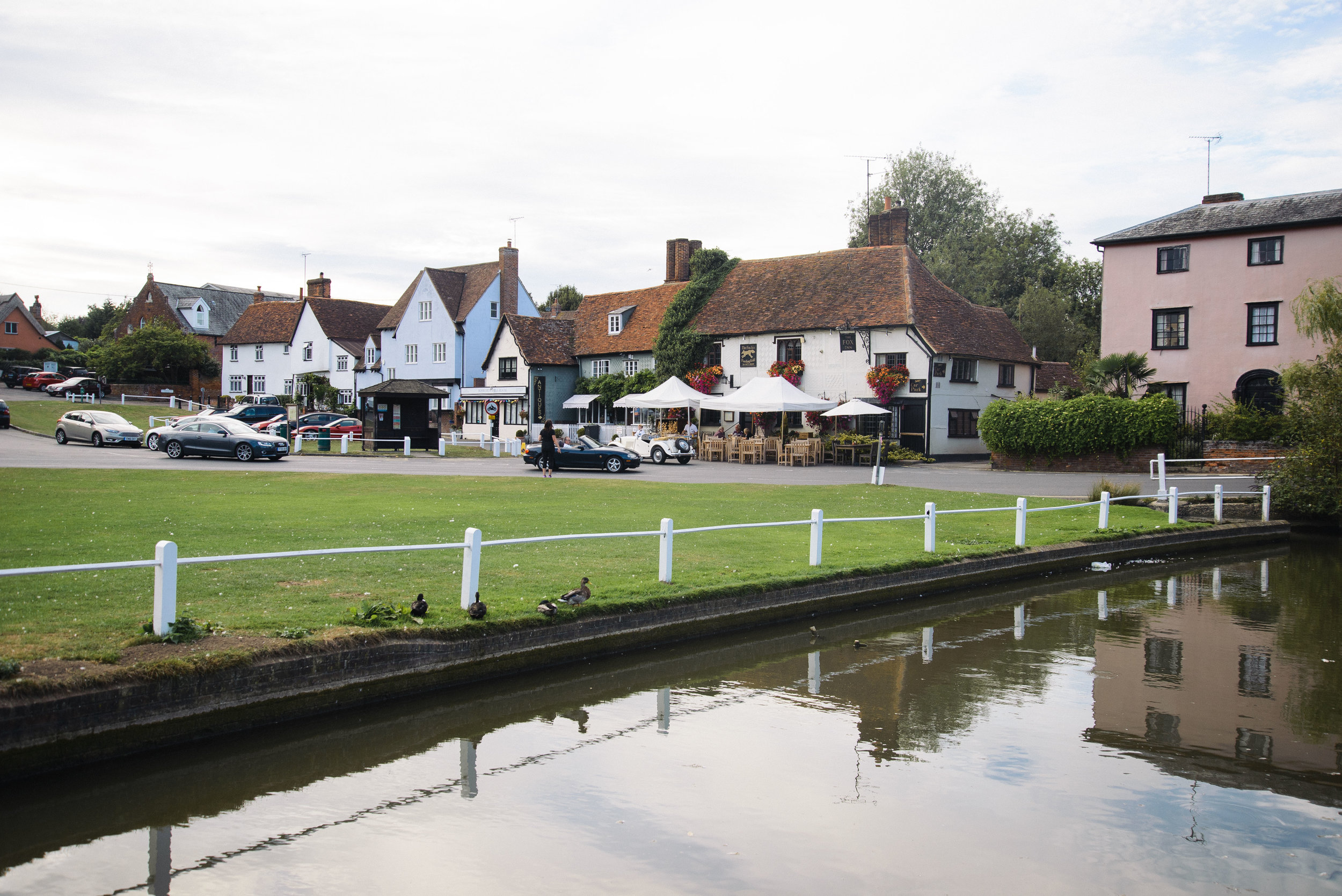"Where are you from?"
This is the question I often get asked at my workplace when people here my English accent.
"England" I normally reply, slightly tongue-in-cheek.
"Yes, but from where in England?" they will respond if they are British.
"Well, originally from Essex" I begin, "then I lived in London for 8 years..." but before I can explain my nomadic history they normally have fixated on "Essex". "I thought so!" they say, "bet you couldn't wait to leave!", or sometimes they just smile or nod, or even look a little sympathetic. Essex has always had this certain reputation, not entirely undeserved, but a reputation that has stuck, to the point where "Essex Girl" and "Essex Man" even have their own wikipedia entries. It even leads to feeling sometimes I should make a self-depreciating joke to apologise about my county of origins.
I grew up in the sprawling commuter belt of the Thames estuary, the epicentre of all the predictable stereotypes and jokes.
But, once you begin to leave the suburbs and take the country lanes, a different picture emerges beyond talk of white stilettos and Ford Mondeos. This picture is one of weatherboarded cottages, thatched roofs, mystical marshes, historic churches, vineyards, rivers, boats, farms on rolling hills, picturesque pubs, cricket greens and duckponds. This is the romantic rural England that is found on wall calendars and postcards, and it's alive and well in Essex.
Nowhere represents quintessential village life more than the villages of Thaxted and Finchingfield in the north of the county. Jess and I visited my family few weeks before our wedding to finalise some arrangements, and we decided to have one afternoon to escape from the wedding stress and calm ourselves in this tranquil setting. Here are just a few photos from that afternoon.
Through the pictures of these villages I will share with you eight essential elements that make up an English village.
1. Colourful houses
This is a feature shared with Reykjavik where I live. Here in Iceland colourful houses tend to be in primary colours, bold and bright to shine out in the darkness of winter and the white haze of snow. In England, they tend to be painted in pastel shades, but with bursts of colour for those who like to make an impression.
2, Quaint independent stores that have withstood the changing times
3. A historic building over 500 years old
In Thaxted this is the timber-framed Guildhall, dating from around 1450.
4. A Windmill
Windmills are often associated with Holland, but they are a common feature in rural England, particularly in the south and east. Thaxted's windmill dates from 1804.
5. Thatched cottages
Thatch was the only roofing choice available to people in rural England until the late 1800's and there are many exampled of thatched cottages remaining from this era.
6. An old Church with a big spire
England is packed full of historical churches. St John's in Thaxted is a huge parish church, which towers high above the pastoral countryside. Composer Gustav Holst used to lead the choir and play the organ here..
After finishing our pleasant walk around Thaxted, we moved on to Finchingfield, another picture postcard perfect village.
7. A duckpond
Having some water in the middle of the village adds a calmness to an already tranquil setting. The duckpond is something which raises the prettiness levels off the charts and also honours our feathered friends by recognising their need of a place to call home. We have a large pond in the centre of Reykavik, but it just doesn't match up the the rural England version. Just don't feed them too much bread...
8. An old pub with crooked floors and lots of flowers
The final quintessential element of an English village is the village pub. Not so much a place to get drunk as a place to meet and centre the community life over some mild English ales, you sit outside on wooden tables in the warm summer months, and gather round the fireside in the indoor months. They are one of the things I miss most about England, and other nations just can't replicate no matter how many "English pubs" you see in cities around the world.
